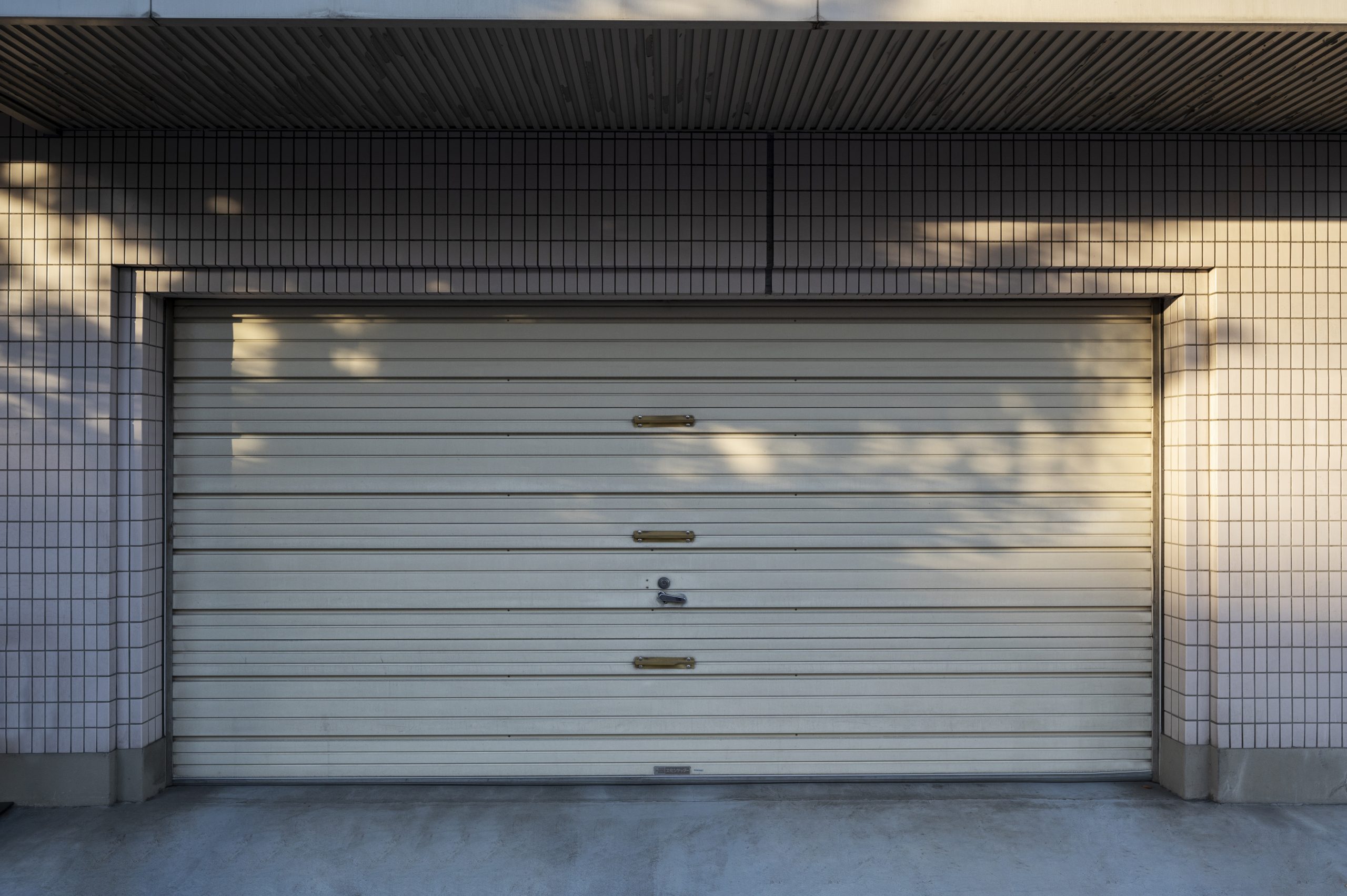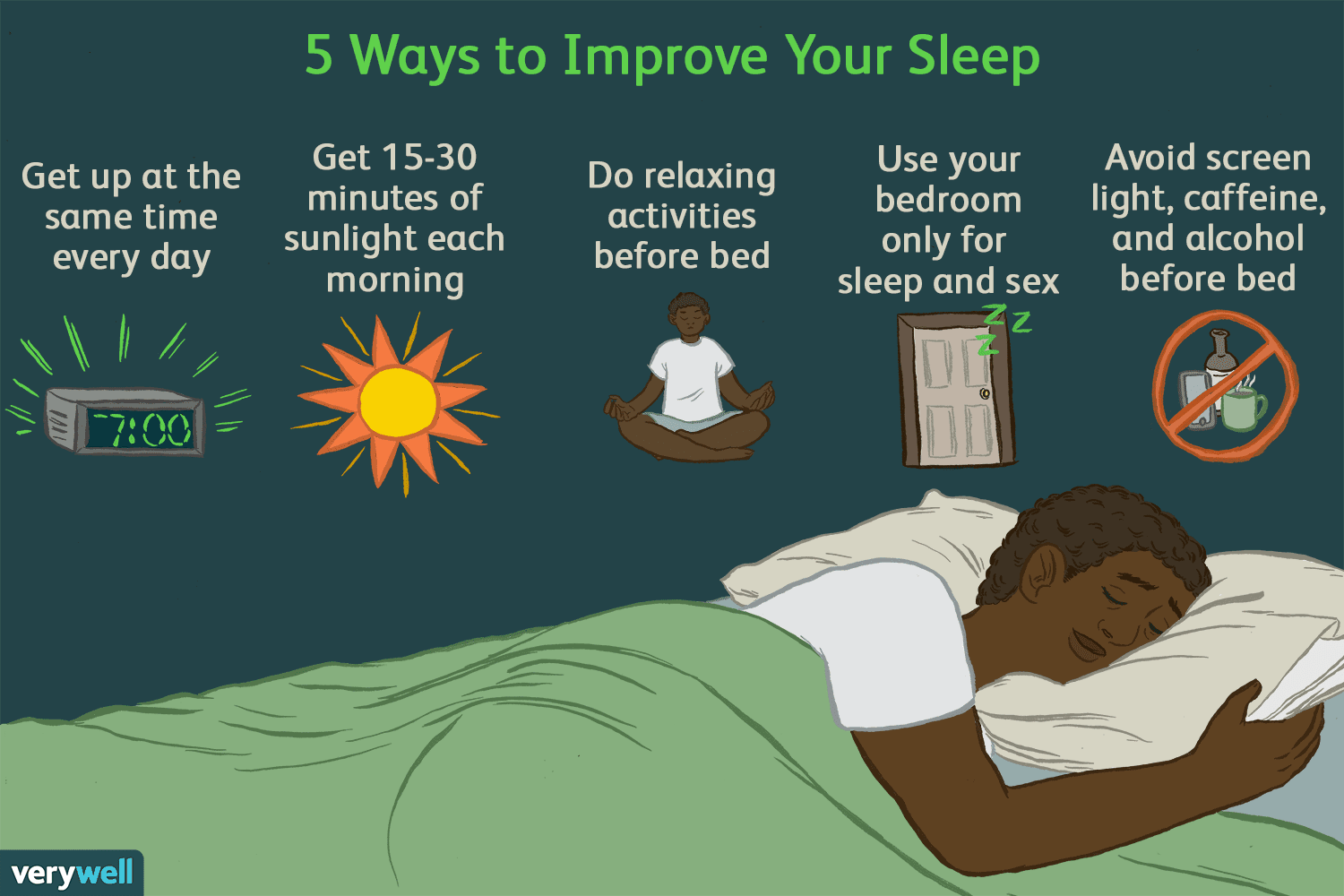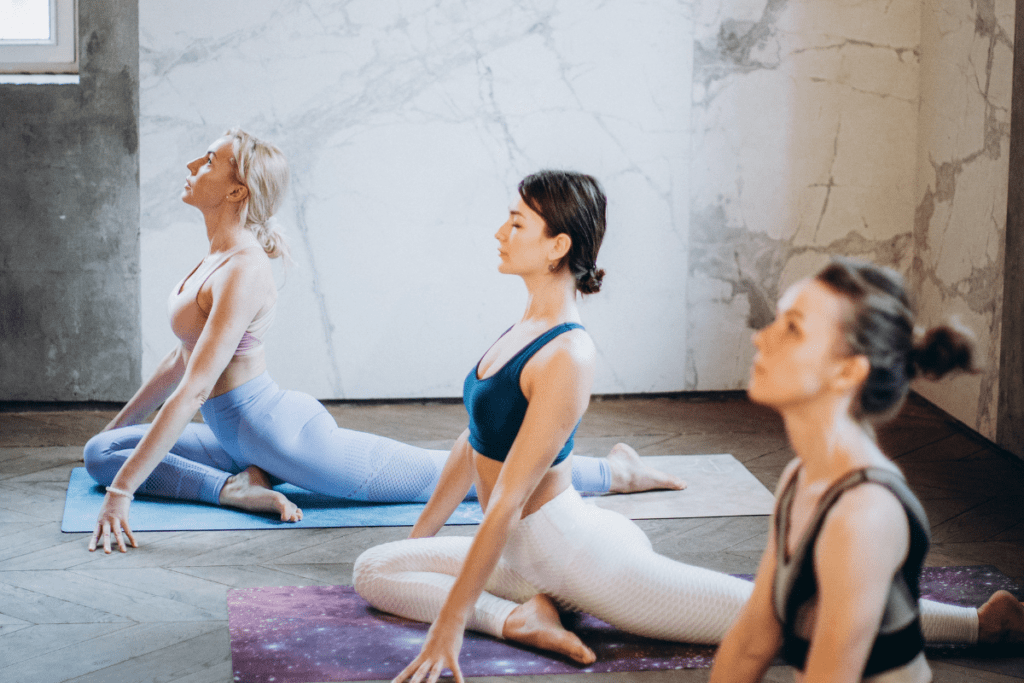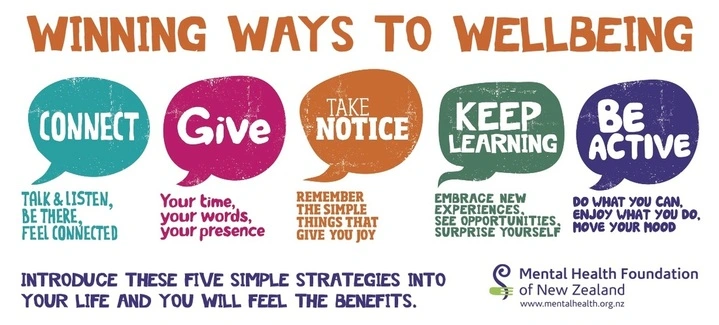Varicose veins are twisted, enlarged veins. They typically look blue or dark purple. They often appear like cords. Varicose veins commonly form on the legs. About 20% to 25% of adults have them. Varicose veins are usually harmless.
But some people have aching, burning, throbbing, muscle cramping and swelling in the legs from them. Varicose veins can get worse over time. They can lead to more serious issues if untreated, like skin ulcers, blood clots and bleeding.
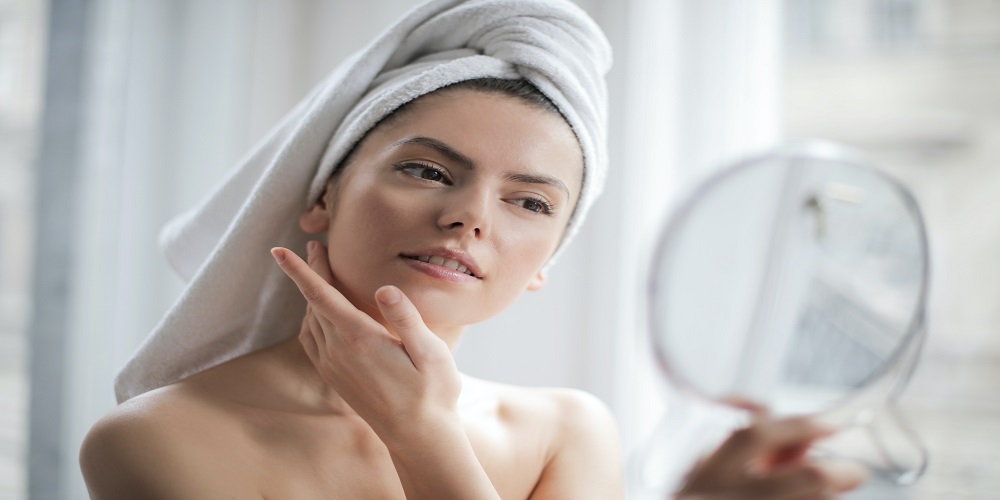
What Do Varicose Vein Creams and Lotions Claim?
If you’re looking for help with varicose veins, you might have seen creams and lotions that promise to make them look better. You can also consult with Toronto hydrafacial experts for varicose veins.
Products claim to enhance blood flow, reduce swelling, and discoloration with ingredients like vitamin K, vitamin C, and caffeine. Experts say these products often don’t effectively treat varicose veins or improve symptoms.
Can They Lighten Varicose Veins?
At best, creams and lotions may temporarily lighten the discoloration of varicose veins. But they don’t treat what causes them. Varicose veins happen because of damaged blood vessels and faulty valves in the veins.
It allows blood to pool and veins to twist. Topical products also can’t shrink varicose veins or close them off. So, while creams may offer short-term cosmetic improvement, they won’t make varicose veins disappear permanently.
What Medical Procedures Are More Effective?
If you have varicose veins, some special doctors can help you. They use different methods to make the veins better. One way is by injecting a special liquid that closes the bad veins. It makes the blood flow through the good veins. Another method uses heat to seal the bad veins.
There’s also a surgery where they remove the bad veins through small cuts. These treatments are not very big surgeries, and you can go home the same day. After these treatments, your veins will look and feel much better!
What Other Medical Treatments Are There?
Certain medicines prescribed by doctors can help with varicose vein symptoms. One of them is made from horse chestnut seeds and can make the swelling go down.
Doctors can also give special stockings that press on the legs to help blood move better. There are other treatments, too, like using electricity and sound waves, which can also make the blood flow better.
What Can I Do at Home for Varicose Veins?
Caring for your legs is crucial when dealing with varicose veins. While creams may offer limited relief, there are effective methods to improve your comfort. First, move your body and exercise. Don’t stand or sit for too long without taking breaks. If your legs ache, try lifting them.
You can also wear special socks that squeeze your legs gently. It helps not to be too heavy, so eat healthy food with vitamins like vitamin C. Avoid very hot baths, and don’t sit with your legs crossed. Also, wear loose clothes around your waist and legs. These simple steps can make your legs feel better!
In Conclusion
Drugstore creams and lotions do very little to eliminate or treat varicose veins long-term. Some may temporarily improve appearance. But only medical procedures can actually remove or close off damaged veins for lasting relief.
Lifestyle measures and prescriptions can further help manage symptoms along with procedures. Talk to your doctor about the most effective options for you.


